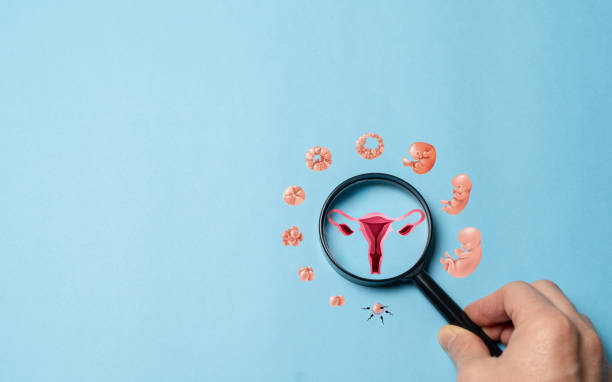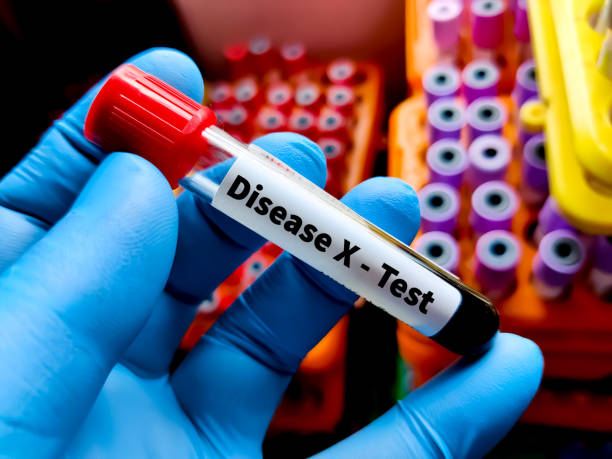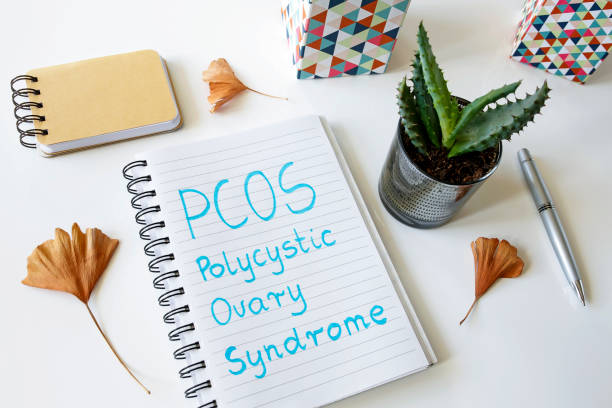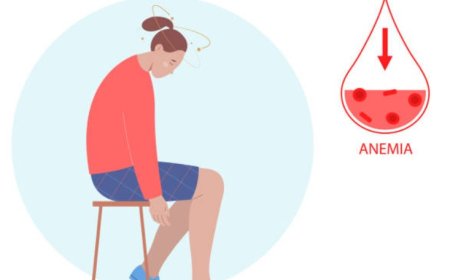Modern Life & Fertility: The Escalating Crisis in Reproductive Health
How our contemporary habits, chemical exposures, and societal pressures are fueling the increase in infertility and conditions like PCOS.

The increasing prevalence of reproductive health issues today, particularly infertility and conditions like PCOS, is a complex problem driven by a confluence of lifestyle, environmental, and societal factors. While the exact interplay can vary by individual and region, here are the major contributing reasons:
Lifestyle Factors:
-
Delayed Childbearing:
- Many individuals and couples are choosing to delay parenthood due to career aspirations, financial instability, or simply a desire to be more established.1
- Impact: For women, fertility naturally declines with age, especially after 30 and more significantly after 35, as both the quantity and quality of eggs decrease.2 For men, while the decline is slower, sperm quality can also be affected by age, typically after 50.3
- Many individuals and couples are choosing to delay parenthood due to career aspirations, financial instability, or simply a desire to be more established.1
-
Unhealthy Dietary Habits:
- Processed Foods and Sugary Drinks: Diets high in processed foods, refined sugars, and unhealthy fats can lead to insulin resistance, inflammation, and obesity, all of which negatively impact hormonal balance and reproductive function in both men and women.4
- Nutrient Deficiencies: Lack of essential vitamins and minerals (e.g., zinc, selenium, omega-3 fatty acids, folate) crucial for sperm and egg health can impair fertility.5
- Obesity and Underweight: Both extremes of weight can disrupt hormonal balance. Obesity can lead to ovulatory dysfunction in women (e.g., PCOS) and impaired sperm production in men.6 Being underweight can also cause ovarian dysfunction and affect fertility.7
- Processed Foods and Sugary Drinks: Diets high in processed foods, refined sugars, and unhealthy fats can lead to insulin resistance, inflammation, and obesity, all of which negatively impact hormonal balance and reproductive function in both men and women.4
-
Sedentary Lifestyles and Lack of Physical Activity:
- Increased screen time and desk jobs contribute to a lack of physical activity, which can lead to weight gain and related hormonal imbalances, exacerbating reproductive issues.
- Note: While moderate exercise is beneficial, excessive high-intensity workouts can also negatively impact hormonal levels and ovulation in women.8
-
Chronic Stress:
- The demands of modern life, work pressure, financial concerns, and societal expectations (especially the pressure to conceive in cultures like India) contribute to high stress levels.9
- Impact: Chronic stress can disrupt the hypothalamic-pituitary-gonadal (HPG) axis, leading to hormonal imbalances that affect ovulation in women and sperm production in men.10 It can also reduce libido and interfere with the success of fertility treatments.
- The demands of modern life, work pressure, financial concerns, and societal expectations (especially the pressure to conceive in cultures like India) contribute to high stress levels.9
-
Substance Use:
- Smoking (Tobacco and Vaping): Damages eggs and sperm, reducing fertility in both sexes. It can also increase the risk of miscarriage and ectopic pregnancy.
- Alcohol Consumption: Excessive alcohol intake can disrupt hormonal balance, impair sperm and egg quality, and increase the time to pregnancy.11
- Illicit Drugs: Can significantly impair reproductive function and overall health.12
- Excessive Caffeine Intake: High levels of caffeine may be associated with an increased time to pregnancy and a higher risk of miscarriage.13
Environmental Factors:
-
Exposure to Endocrine-Disrupting Chemicals (EDCs):
- These chemicals, found in plastics (BPA, phthalates), pesticides, cosmetics, cleaning products, and even food packaging, mimic or interfere with natural hormones.14
- Impact: EDCs can disrupt hormonal balance, affect egg and sperm quality, alter the onset of puberty, and increase the risk of conditions like endometriosis and PCOS.15
- Examples: Phthalates linked to male reproductive system issues; BPA affecting sperm quality and embryo development.16
- These chemicals, found in plastics (BPA, phthalates), pesticides, cosmetics, cleaning products, and even food packaging, mimic or interfere with natural hormones.14
-
Air and Water Pollution:
- Air Pollution: Exposure to particulate matter, sulfur dioxides, carbon monoxide, and other pollutants can negatively impact sperm quality (decreased motility, abnormal morphology, DNA fragmentation) and may be linked to preterm delivery, miscarriage, and stillbirth in women.17
- Water Contamination: Pollutants in water sources can also contribute to reproductive health problems.18
- Air Pollution: Exposure to particulate matter, sulfur dioxides, carbon monoxide, and other pollutants can negatively impact sperm quality (decreased motility, abnormal morphology, DNA fragmentation) and may be linked to preterm delivery, miscarriage, and stillbirth in women.17
-
Heavy Metal Exposure:
- Lead, mercury, cadmium, and other heavy metals found in industrial emissions, old pipes, certain foods (especially tainted seafood), and products can interfere with hormone levels, alter puberty onset, and decrease fertility in both men and women.19
- Lead, mercury, cadmium, and other heavy metals found in industrial emissions, old pipes, certain foods (especially tainted seafood), and products can interfere with hormone levels, alter puberty onset, and decrease fertility in both men and women.19
-
Occupational Hazards:
- Exposure to certain chemicals, radiation, or extreme temperatures in workplaces (e.g., farmers exposed to pesticides, industrial workers in high-heat environments) can negatively impact reproductive health.20
- Exposure to certain chemicals, radiation, or extreme temperatures in workplaces (e.g., farmers exposed to pesticides, industrial workers in high-heat environments) can negatively impact reproductive health.20
Medical and Societal Factors:
-
Increased Prevalence of Specific Conditions:
- Polycystic Ovary Syndrome (PCOS): This hormonal disorder is a leading cause of infertility in women and is becoming more common, often linked to genetics and lifestyle factors like diet and obesity.21
- Endometriosis: A condition where uterine-like tissue grows outside the uterus, causing pain and infertility.22 Its incidence is also increasing.
- Sexually Transmitted Infections (STIs): If left untreated, STIs can cause pelvic inflammatory disease (PID) in women, leading to blocked fallopian tubes, and can affect sperm quality in men, both contributing to infertility.23
- Other Chronic Conditions: Rising rates of diabetes, thyroid disorders, and autoimmune conditions can significantly impact reproductive health.

- Polycystic Ovary Syndrome (PCOS): This hormonal disorder is a leading cause of infertility in women and is becoming more common, often linked to genetics and lifestyle factors like diet and obesity.21
-
Limited Awareness and Stigma:
- In many societies, including India, there's a lack of awareness about reproductive health issues, and infertility often carries a social stigma, leading to delayed diagnosis and treatment.24
- In many societies, including India, there's a lack of awareness about reproductive health issues, and infertility often carries a social stigma, leading to delayed diagnosis and treatment.24
-
Advancements in Diagnostics and Awareness:
- While the actual incidence of reproductive issues might be rising, it's also true that improved diagnostic tools and increased awareness among healthcare professionals and the public mean that more cases are being identified and reported than in the past.
In summary, the increasing trend in reproductive health issues is a multifaceted challenge, largely driven by the interplay of modern lifestyles, environmental degradation, and the increasing identification of specific medical conditions. Addressing these issues requires a holistic approach, including public health campaigns, policy changes, and individual lifestyle modifications.25










































































































































































































